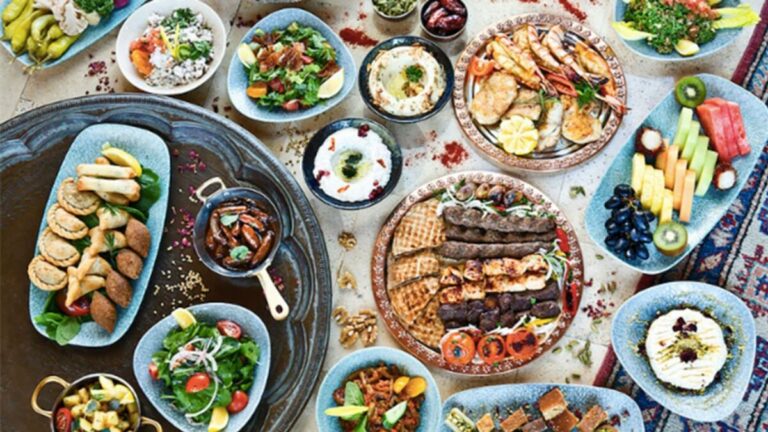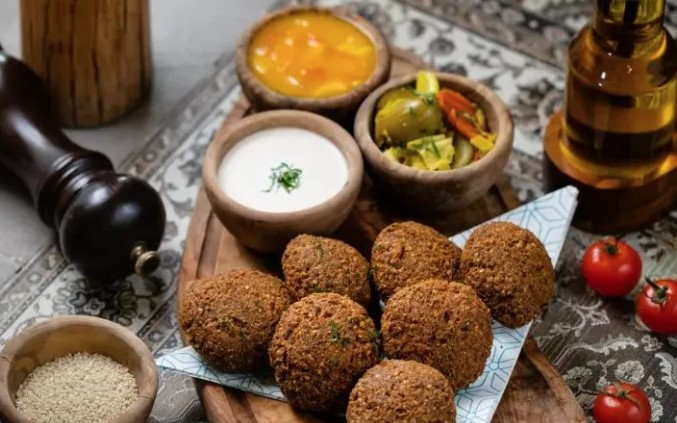Introduction: Emirati Cuisine
Emirati cuisine is a fusion of Middle Eastern, African, and Indian flavors, which is both rich and varied in taste. The food culture of the United Arab Emirates (UAE) is a reflection of the country’s heritage, where Bedouin nomads and seafaring traders have influenced the cuisine over time. The traditional Emirati dishes are mostly prepared with aromatic spices, herbs, and meat, which brings an exotic flavor to the food. Emirati cuisine is more than just a meal; it represents the culture and traditions of the UAE.
Breakfast: Balaleet and Chabab
Balaleet is a sweet Emirati breakfast dish made with vermicelli noodles, eggs, and sugar, which is seasoned with cardamom powder. The dish is served with saffron-flavored milk, which gives it a delightful aroma and taste. Chabab is another Emirati breakfast dish that is similar to pancakes. The dish is made with flour, milk, sugar, and yeast, which is fermented overnight to give it a fluffy texture. Chabab is usually served with date syrup or honey and a cup of tea.
Lunch: Machboos and Thareed
Machboos is a popular Emirati lunch dish made with spiced rice and meat, usually chicken or lamb. The dish is flavored with saffron and cardamom, which gives it a unique taste. The side dish for machboos is usually a salad or a yogurt dip. Thareed is another Emirati lunch dish that is made with bread and meat. The dish is prepared by layering bread with meat and vegetable broth and then slow-cooked until the bread is soaked in the broth. Thareed is served hot and is usually eaten with a side of yogurt.
Dinner: Ghuzi and Harees
Ghuzi is a traditional Emirati dinner dish that consists of roasted lamb or chicken served with rice or bread. The dish is flavored with aromatic spices, which gives it a rich taste. Harees is another Emirati dinner dish that is made with wheat, meat, and spices. The dish is slow-cooked until the wheat and meat are blended, giving it a porridge-like texture. Harees is usually served with clarified butter and meat broth, which enhances its taste.
Desserts: Luqaimat and Balaleet
Luqaimat is a traditional Emirati dessert made with fried dough balls that are soaked in sweet syrup. The dish is flavored with cardamom and saffron, which gives it an aromatic taste. Balaleet, which is also a breakfast dish, is an Emirati dessert made with vermicelli noodles, rose water, and sugar. The dish is usually served warm and garnished with pistachios or almonds.
Conclusion: Emirati Food Culture
Emirati cuisine is not only about flavors but also about the culture and traditions that come with it. The cuisine represents the hospitality and generosity of the UAE people, where food is not just a meal but a way of bringing people together. The UAE’s food culture has been influenced by its history and geography, reflecting the country’s diversity. Emirati cuisine is a must-try for anyone visiting the UAE, as it offers a unique taste of the country’s heritage and culture.

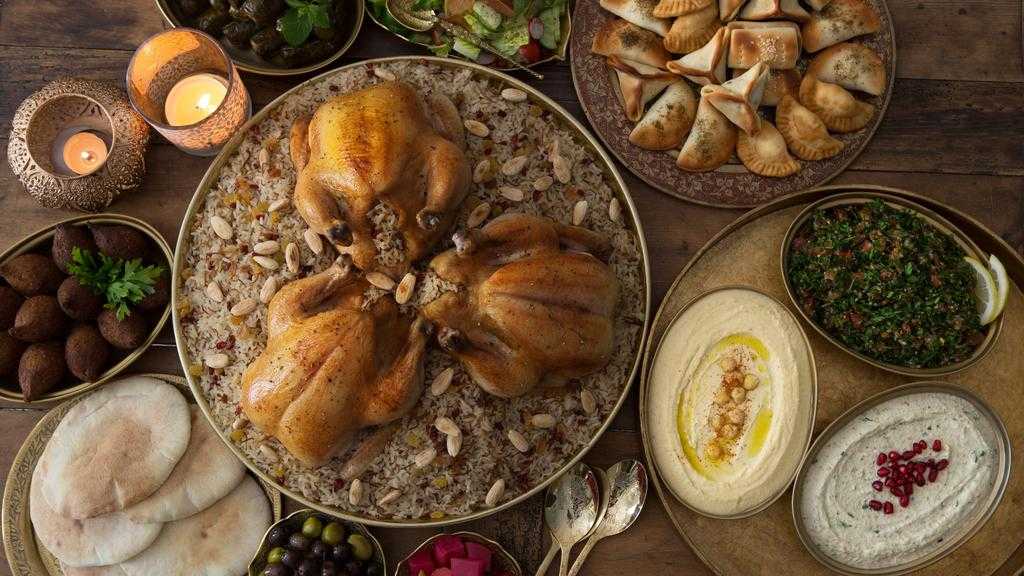
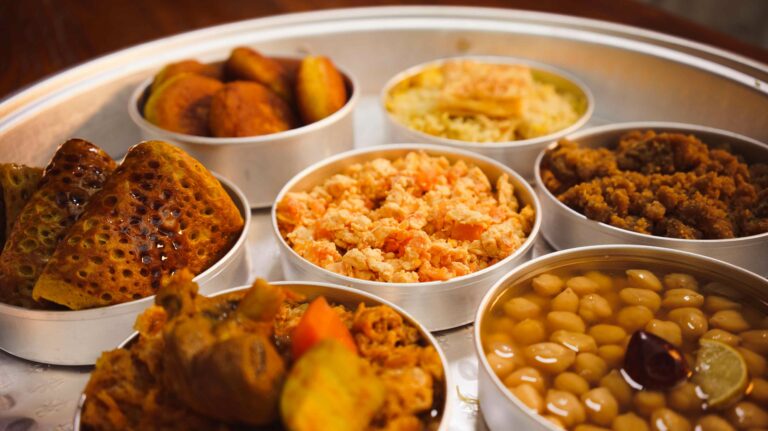

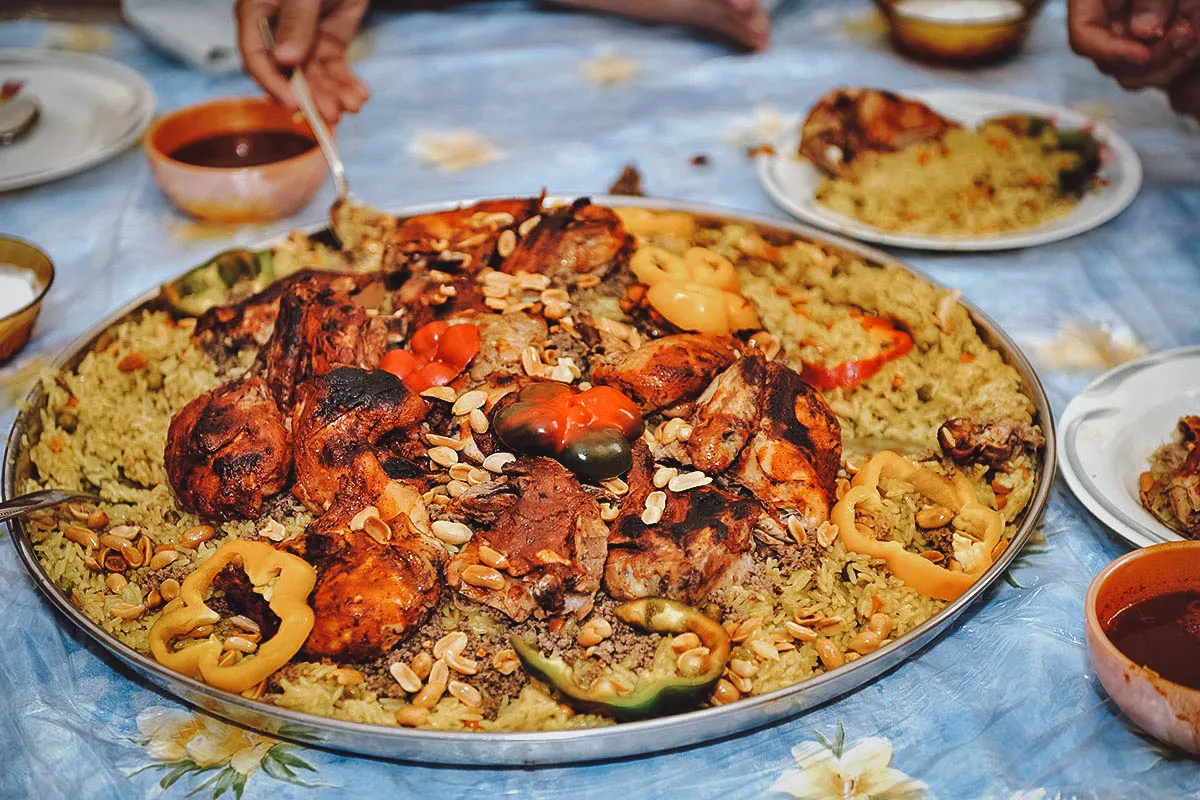
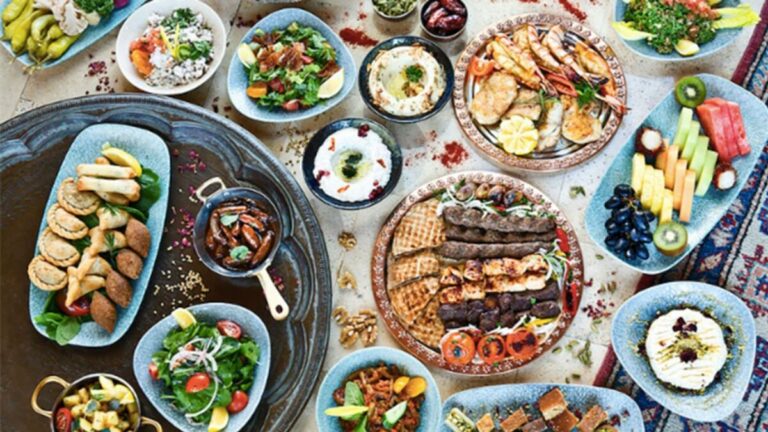
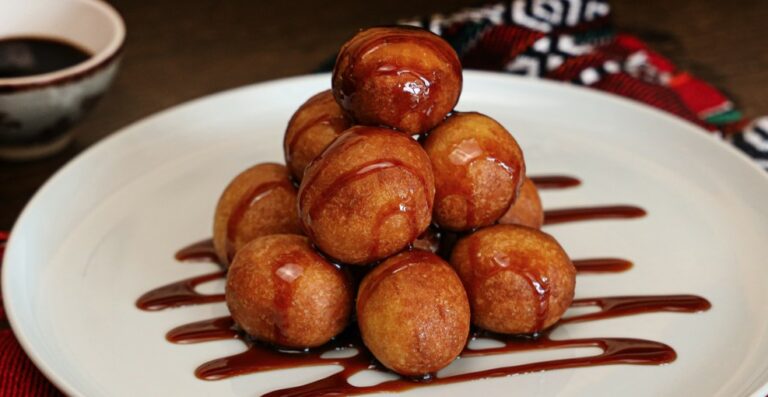
![Can you recommend a good Emirati restaurant in [specific location]?](https://foodnerdy.com/blog/wp-content/uploads/2023/05/10-26-768x614.jpg)

